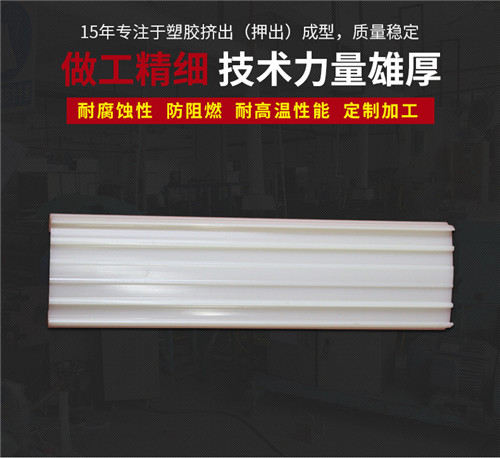
Phone Number :
08 18, 2023

In today's technologically advanced world, the efficient and organized management of cables has become crucial for ensuring the smooth operation of various systems. One essential aspect of cable management is the installation of cable trunking. This article provides a comprehensive specification for the installation of cable trunking, highlighting the necessary steps and considerations.
Before initiating the cable trunking installation, it is vital to conduct a thorough assessment of the area where the cables will be routed. The assessment should include an evaluation of the cable types, quantity, and dimensions, as well as the desired routing paths.
Based on the assessment, a detailed plan should be developed, including the positioning of the cable trunking, the necessary attachments and supports, and any additional equipment required. Proper planning will ensure efficient cable management and minimize potential disruptions in the future.
The actual installation process of cable trunking involves several key steps:
Step 1: Marking and Mounting
Using suitable marking tools, clearly indicate the positions where the cable trunking will be mounted. Ensure that the markings are aligned accurately and level, taking into account any bends or corners in the routing path.
Step 2: Drilling and Fixing
Drill holes at the marked positions, carefully considering the dimensions of the cable trunking. Properly secure the trunking using appropriate fixing materials, such as screws or clips, ensuring a secure and stable installation.
Step 3: Cable Routing
Organize and position the cables within the trunking, taking care to avoid any excessive bending or crimping. Maintain proper separation and grouping of different cable types to prevent interference or signal loss.
Step 4: Cable Protection
Use suitable accessories, such as cable ties or clips, to ensure that the cables are securely fastened within the trunking. This will protect the cables from potential damage and maintain the overall organization of the system.
When installing cable trunking, compliance with relevant regulations and safety guidelines is paramount. Consider the following:
Electrical Safety: Ensure that the installation is performed by qualified personnel and complies with electrical safety standards to eliminate the risk of electric shocks or short circuits.
Fire Safety: Choose fire-resistant cable trunking materials and follow fire safety regulations to prevent the spread of fire along cable routes.
Accessibility: Plan the installation to allow easy access for maintenance and future cable additions or modifications. Consider the use of removable covers or panels at strategic points.
Cable Compatibility: Verify that the cable trunking is compatible with the cables being installed, including considerations for cable size, insulation, and other specific requirements.
Proper installation of cable trunking plays a crucial role in maintaining a well-organized and efficient cable management system. By following the assessment, planning, and installation steps outlined in this specification, you can ensure the safety, protection, and long-term functionality of your cable infrastructure.